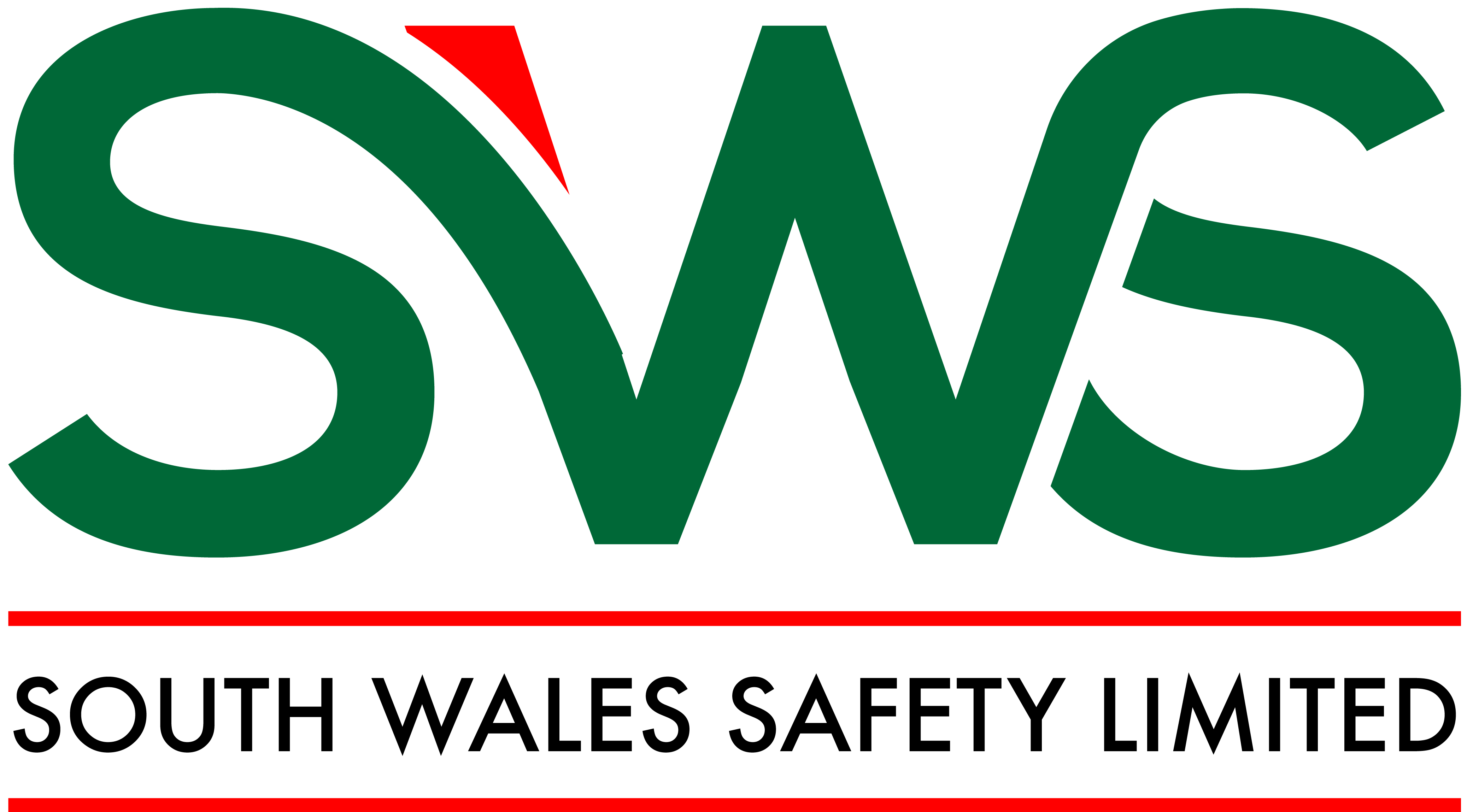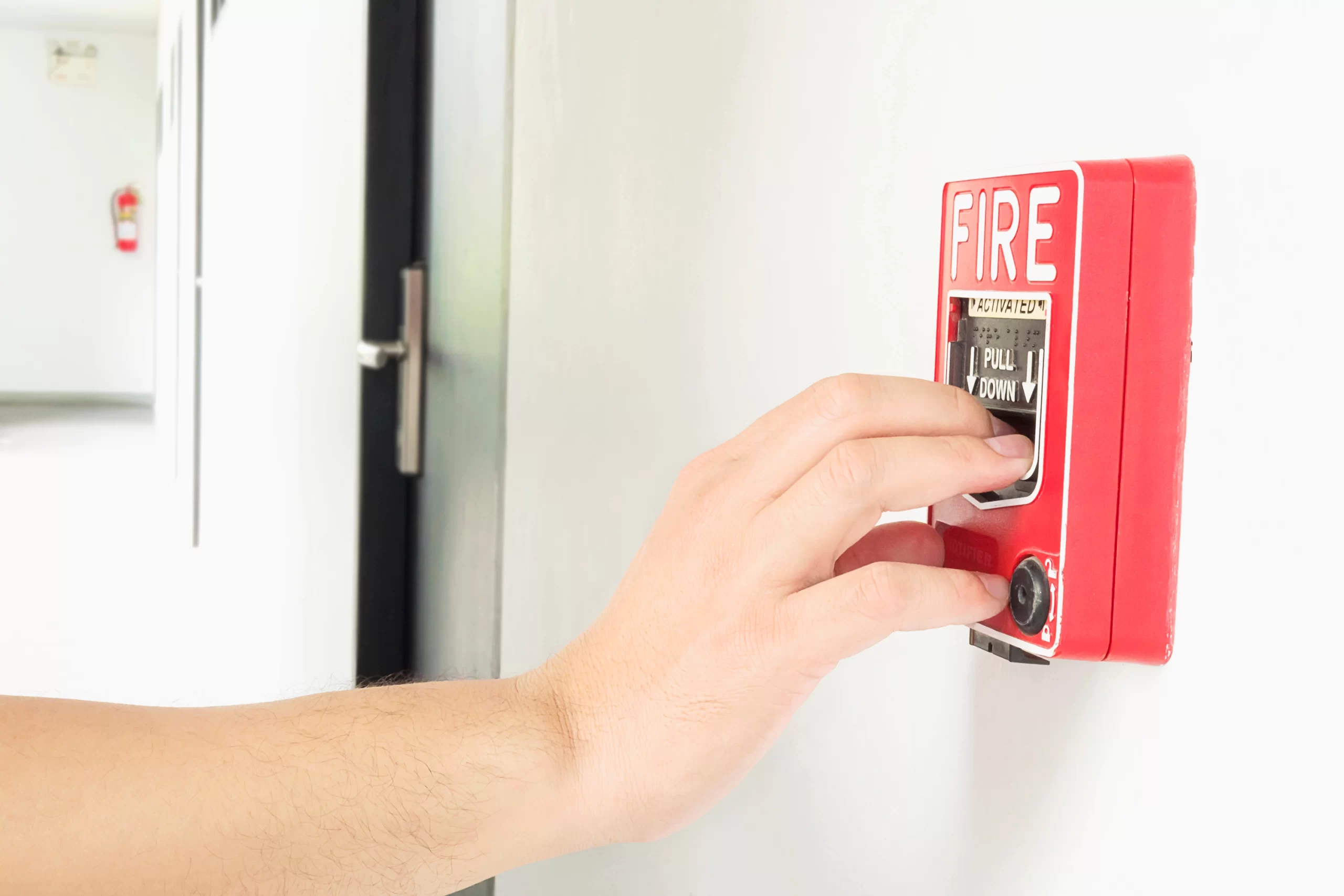The Weight of Responsibility
Imagine a workplace engulfed in flames, panic-stricken employees scrambling to escape, and the heart-wrenching aftermath of a devastating fire. Such a scenario is every business owner’s nightmare. But the good news is, with proper fire safety measures, this nightmare can be prevented.
The Regulatory Reform (Fire Safety) Order 2005 places a significant responsibility on individuals to ensure the safety of their premises. But who exactly is this responsibility bestowed upon?
The Responsible Person
The “responsible person” is the individual or organisation with control of the premises. This could be the employer, landlord, or someone else who has the power to make decisions about fire safety.
The Legal Duty
The responsible person has a legal duty to carry out a fire risk assessment. This involves identifying fire hazards, assessing the risks they pose, and taking steps to reduce or eliminate those risks. Failure to comply with fire safety regulations can lead to severe consequences, including fines, imprisonment, and, in extreme cases, loss of life.
When is a Fire Risk Assessment Required?
A fire risk assessment is required:
- For all non-domestic premises: This includes offices, shops, warehouses, factories, schools, hospitals, and more.
- When moving into new premises: A new fire risk assessment should be carried out before occupying a new building.
- After significant changes to the premises: If there are substantial changes to the building’s layout, occupancy, or fire hazards, a review of the fire risk assessment is necessary.
- Regularly: Fire risk assessments should be reviewed regularly, typically annually, or more frequently if there are significant changes.
What Does a Fire Risk Assessment Involve?
A fire risk assessment typically involves the following steps:
- Identifying Fire Hazards: Pinpointing potential sources of ignition, flammable materials, and other fire hazards.
- Evaluating Risks: Assessing the severity of the risks and the likelihood of a fire occurring.
- Identifying People at Risk: Considering the number of people on the premises, their vulnerability, and their ability to evacuate in case of fire.
- Taking Action: Implementing appropriate fire safety measures, such as fire alarms, fire extinguishers, emergency lighting, and fire escape routes.
- Recording Findings: Documenting the findings of the assessment and any actions taken.
- Reviewing the Assessment: Regularly reviewing the assessment to ensure its effectiveness.
Who Can Carry Out a Fire Risk Assessment?
The responsible person can either carry out the assessment themselves or appoint a competent person to do so. A competent person is someone who has the necessary knowledge, skills, and experience to identify and assess fire risks.
The Role of Fire Safety Consultants
Fire safety consultants are experts in fire safety regulations and can provide valuable assistance with fire risk assessments. They can help you:
- Identify Fire Hazards: Spotting potential dangers that may be overlooked.
- Evaluate Risks: Assessing the severity of risks and recommending appropriate control measures.
- Develop a Fire Safety Plan: Creating a comprehensive fire safety plan that outlines emergency procedures and evacuation routes.
- Conduct Fire Drills: Organising and conducting regular fire drills to ensure that employees know what to do in case of a fire.
- Comply with Regulations: Staying up-to-date with the latest fire safety regulations and ensuring compliance.
Conclusion
By understanding your responsibilities and taking proactive steps to prevent fires, you can create a safer workplace for your employees and customers. Remember, fire safety is a shared responsibility. By working together, we can reduce the risk of fire and protect lives.
If you need assistance with your fire risk assessment or any other fire safety matters, contact South Wales Safety. Our team of experts can provide tailored solutions to meet your specific needs.

